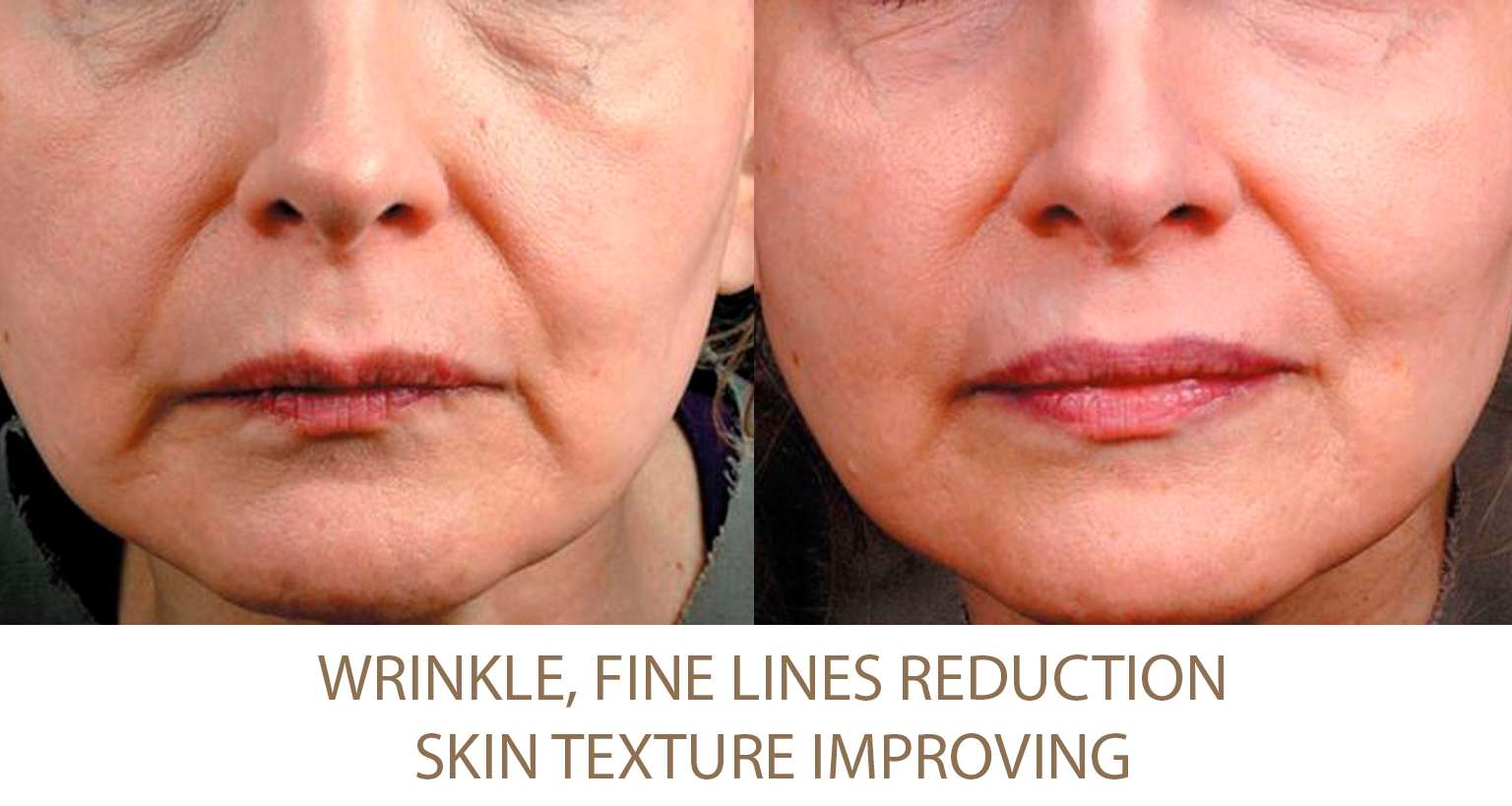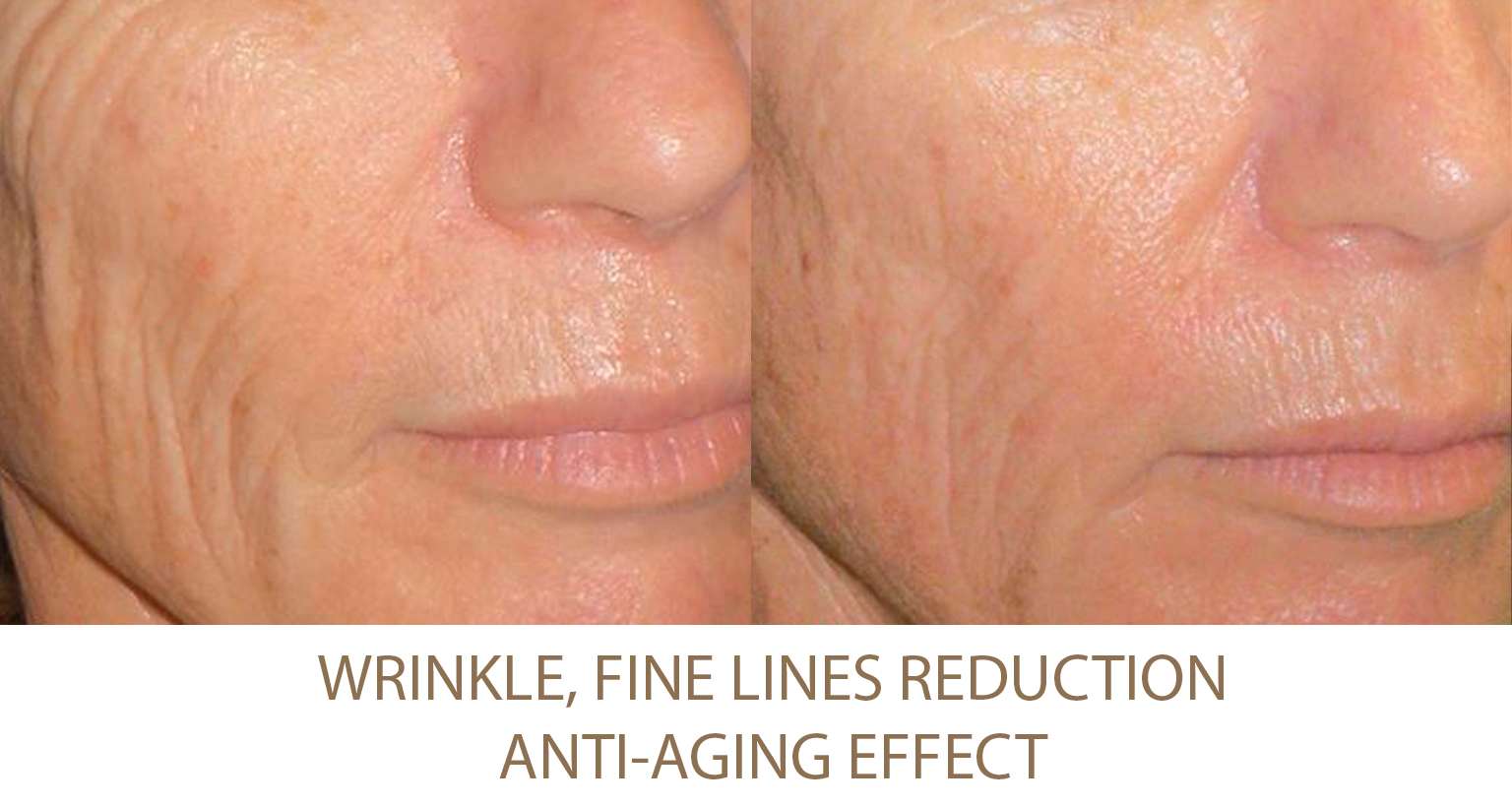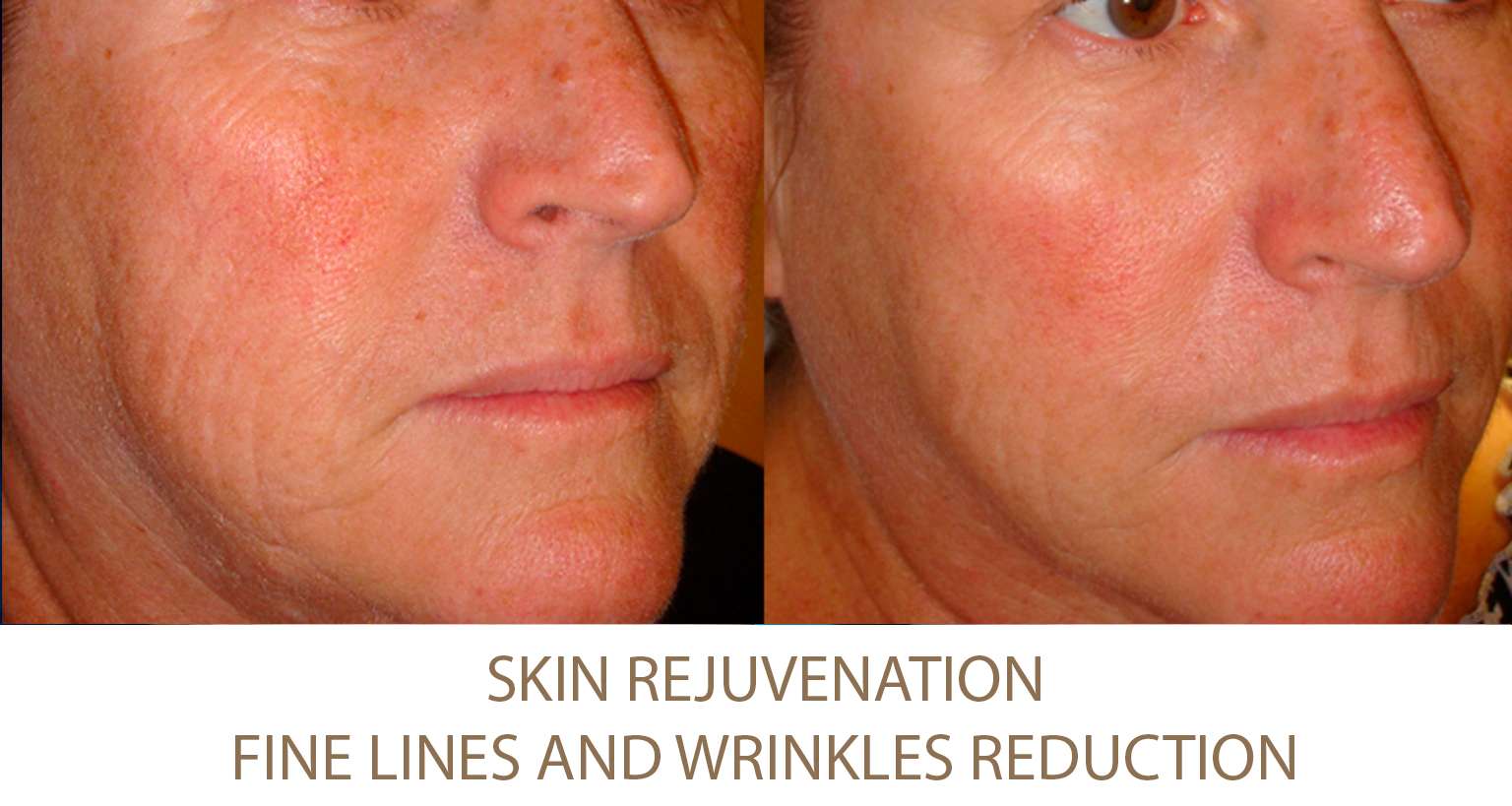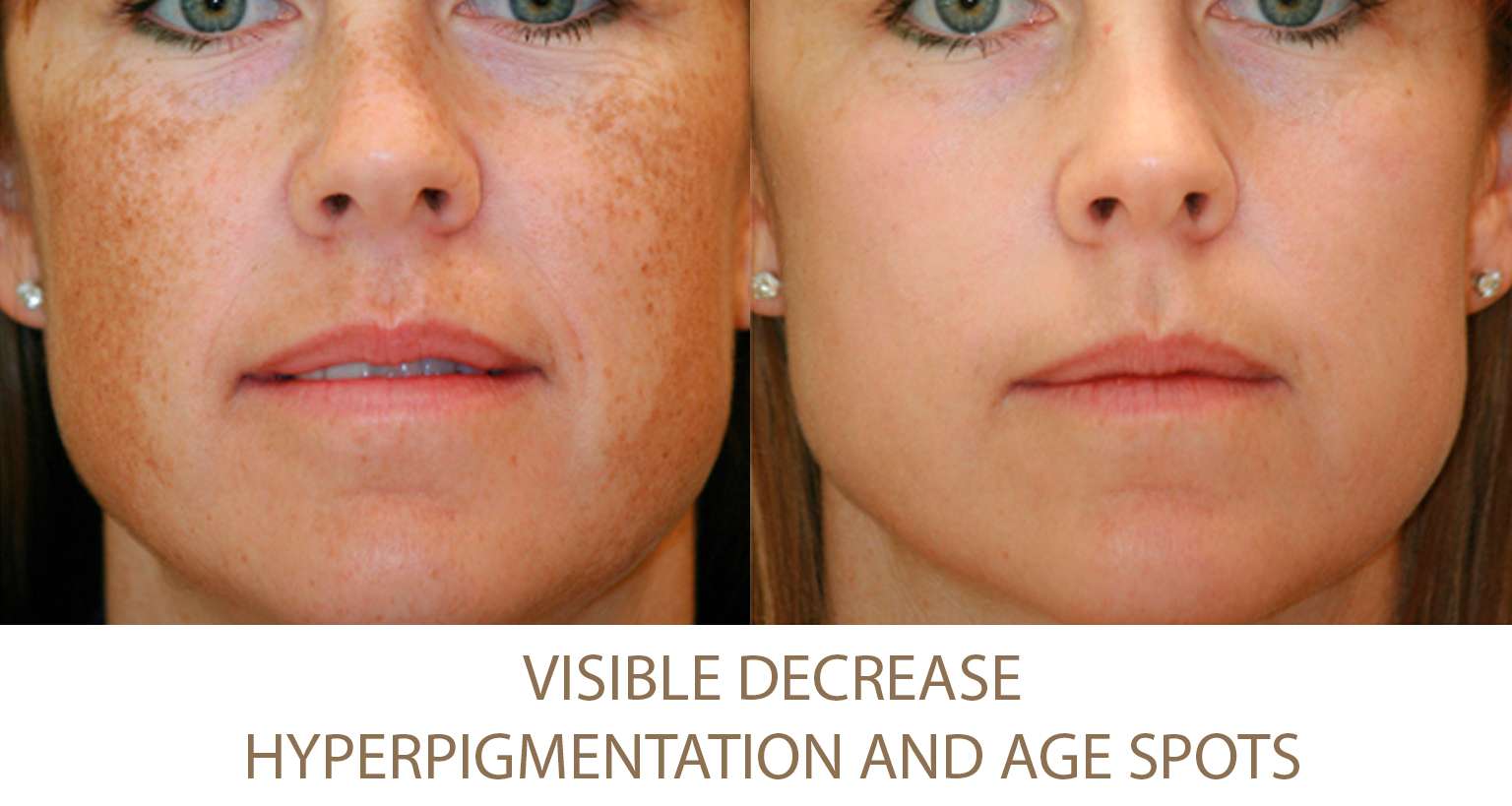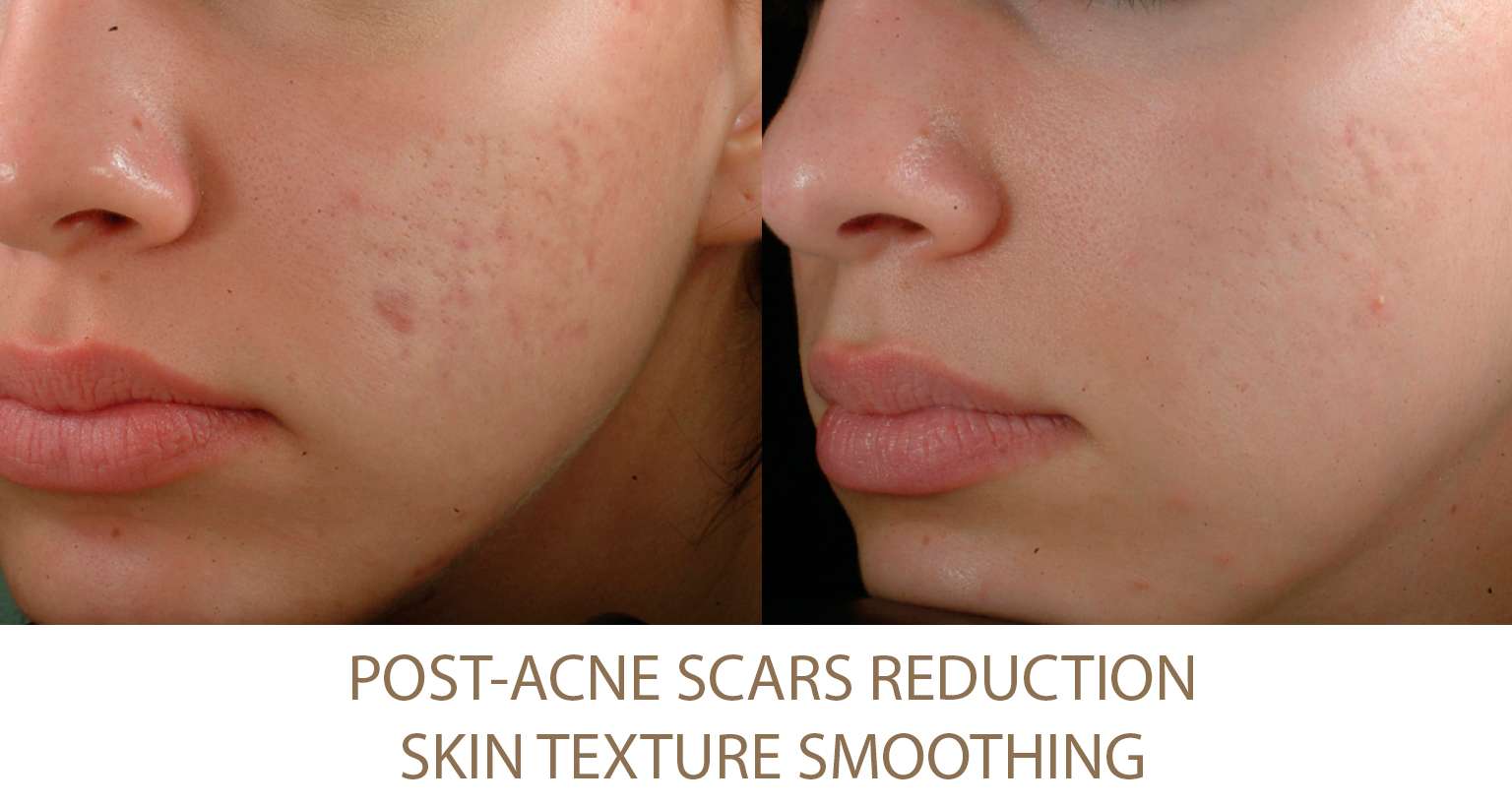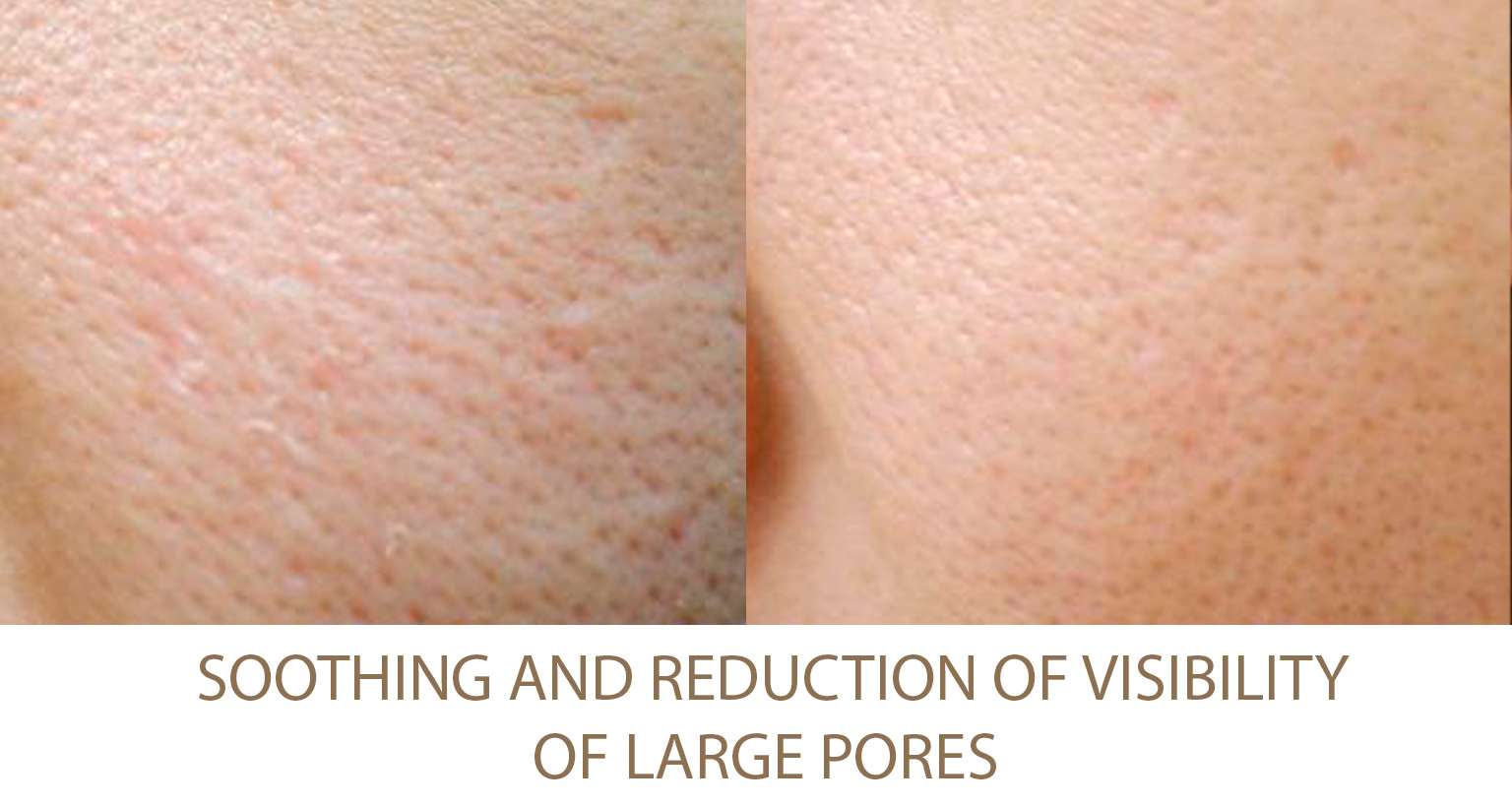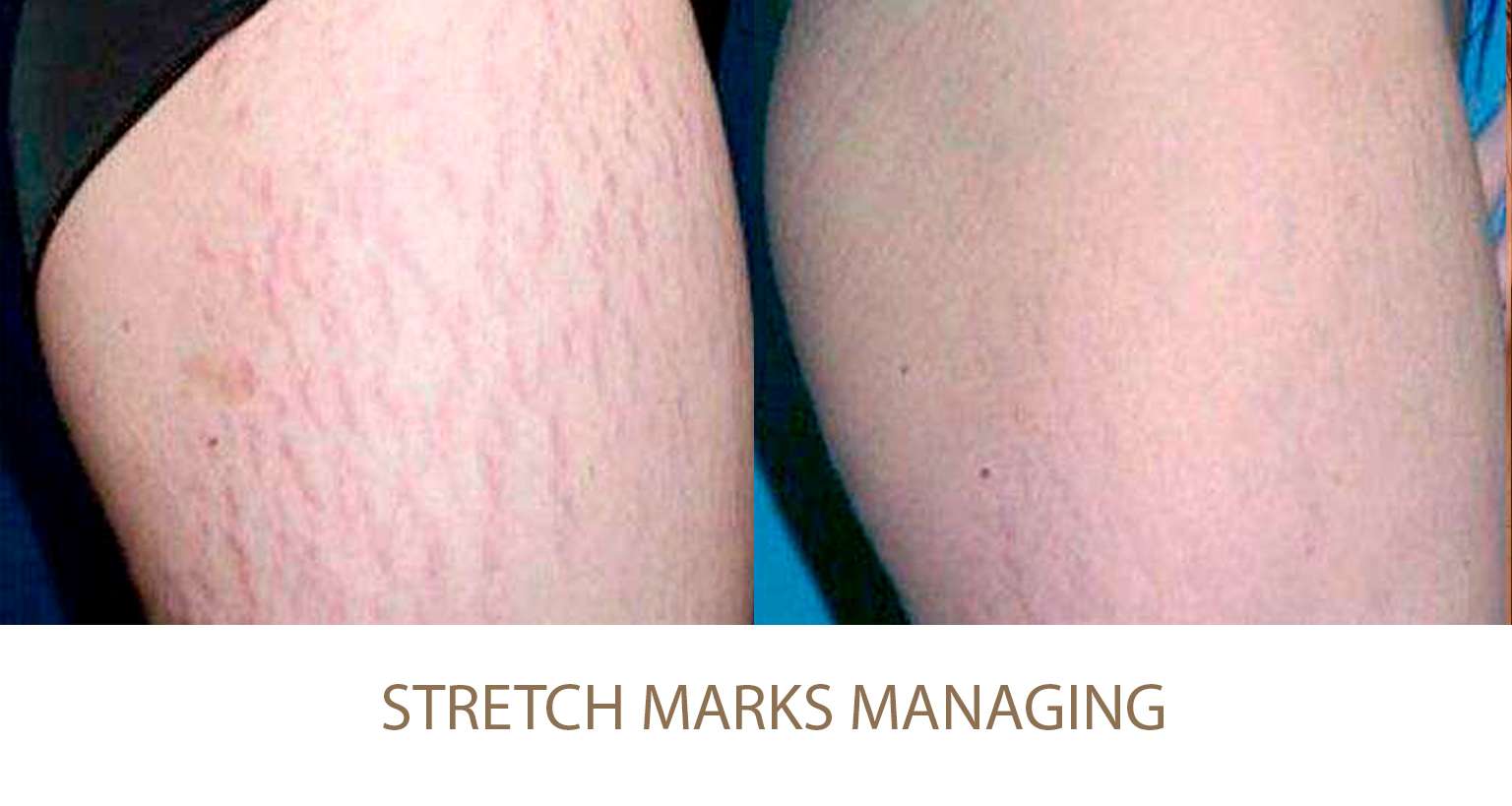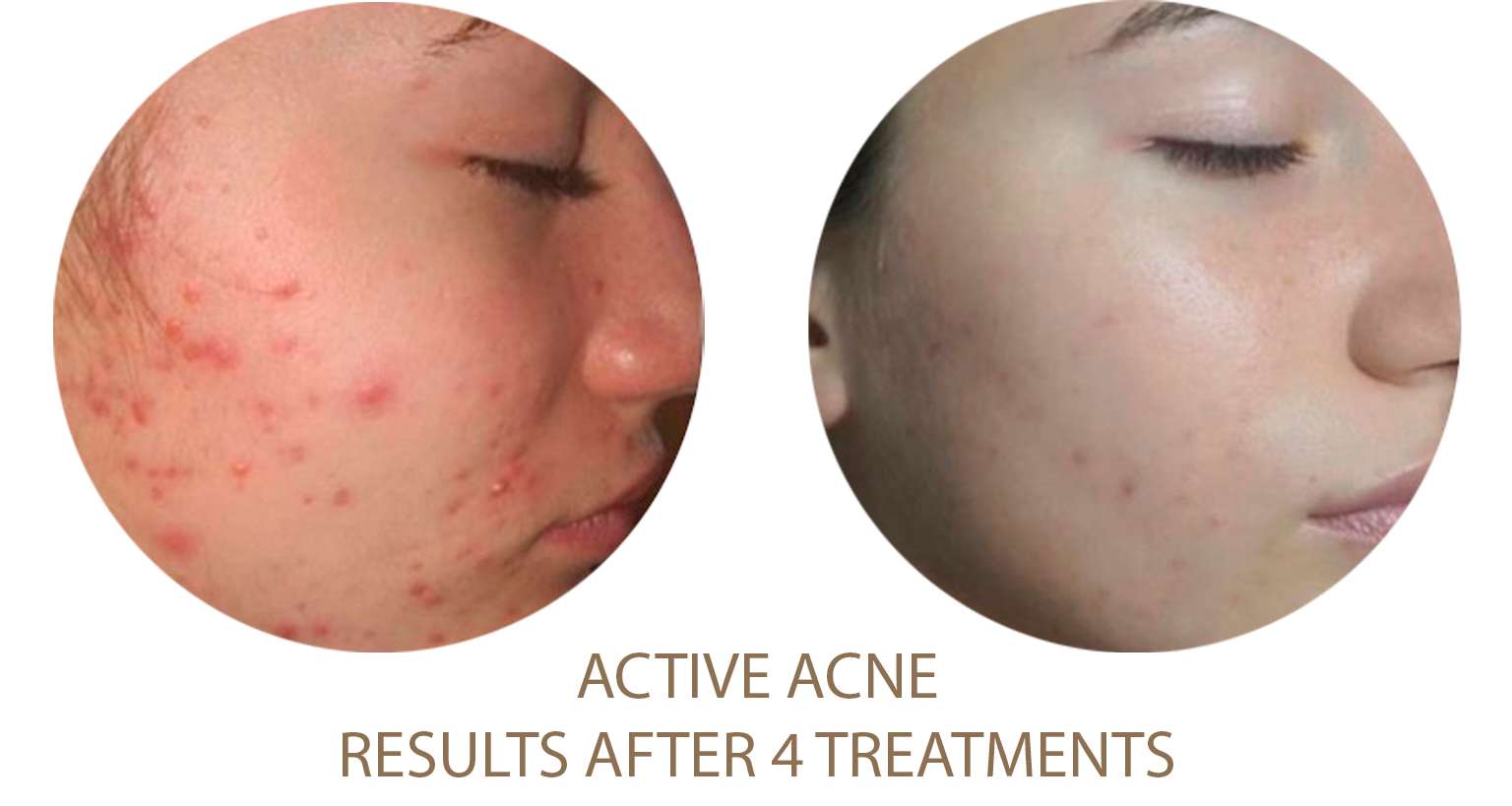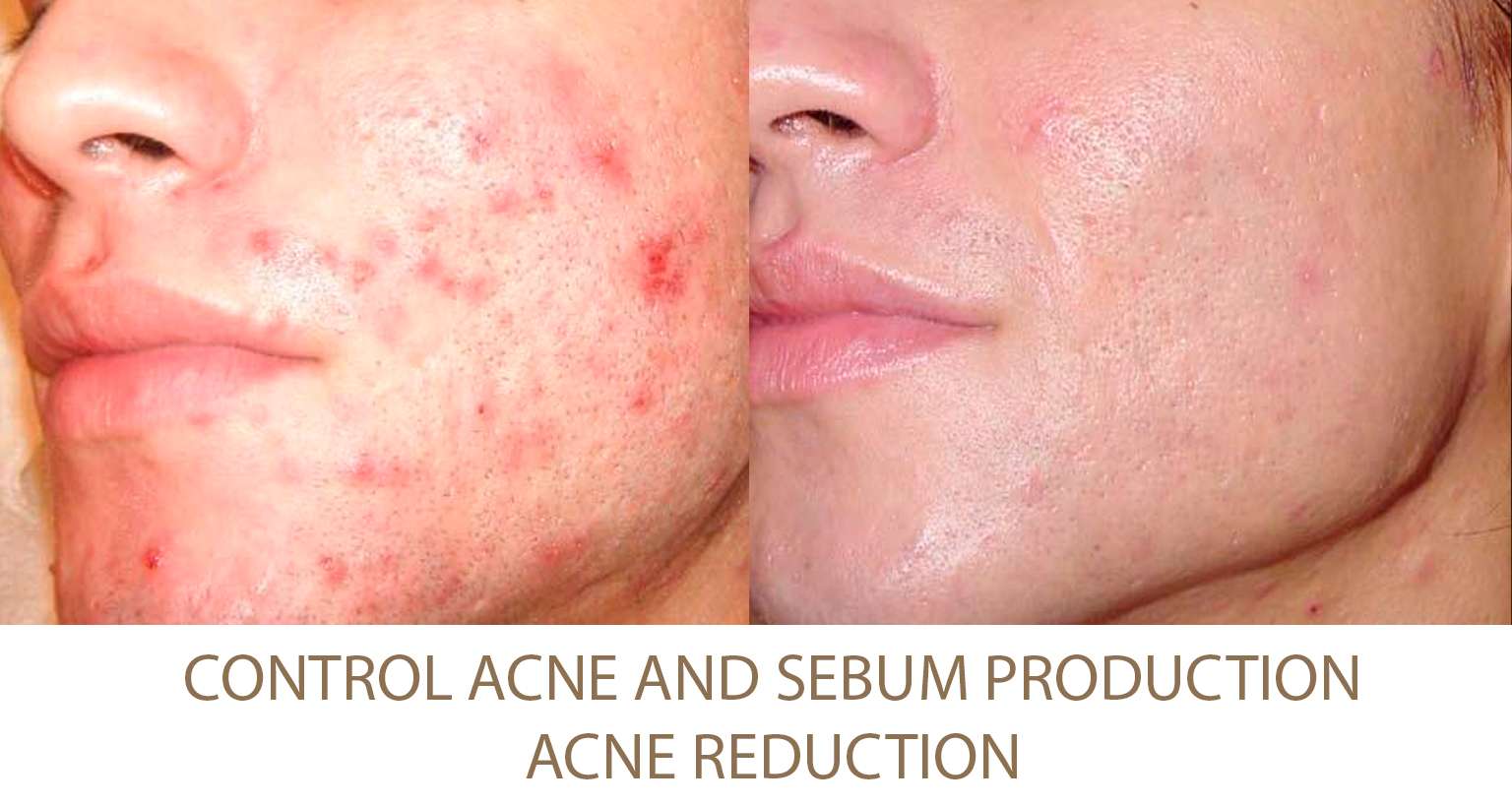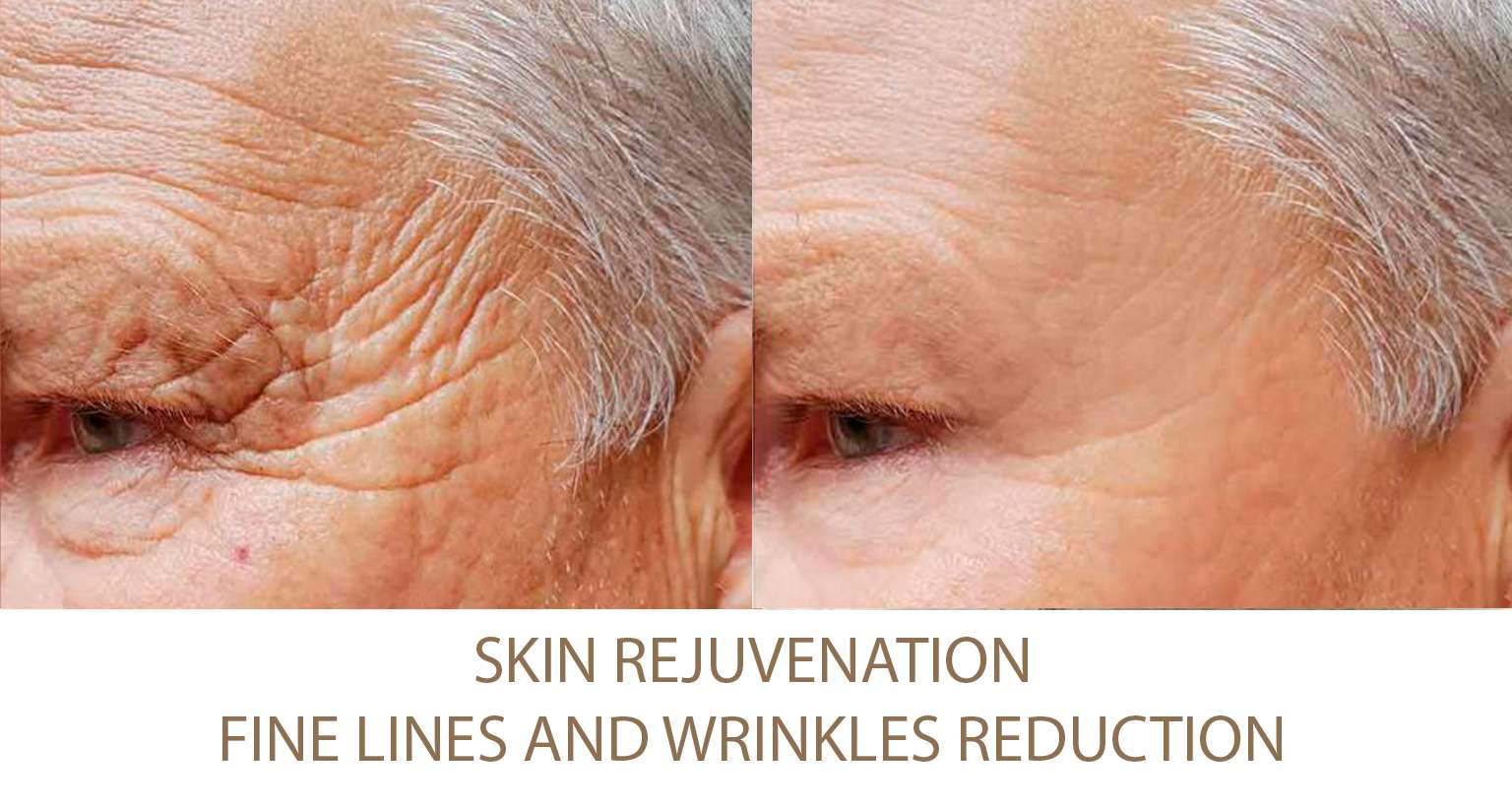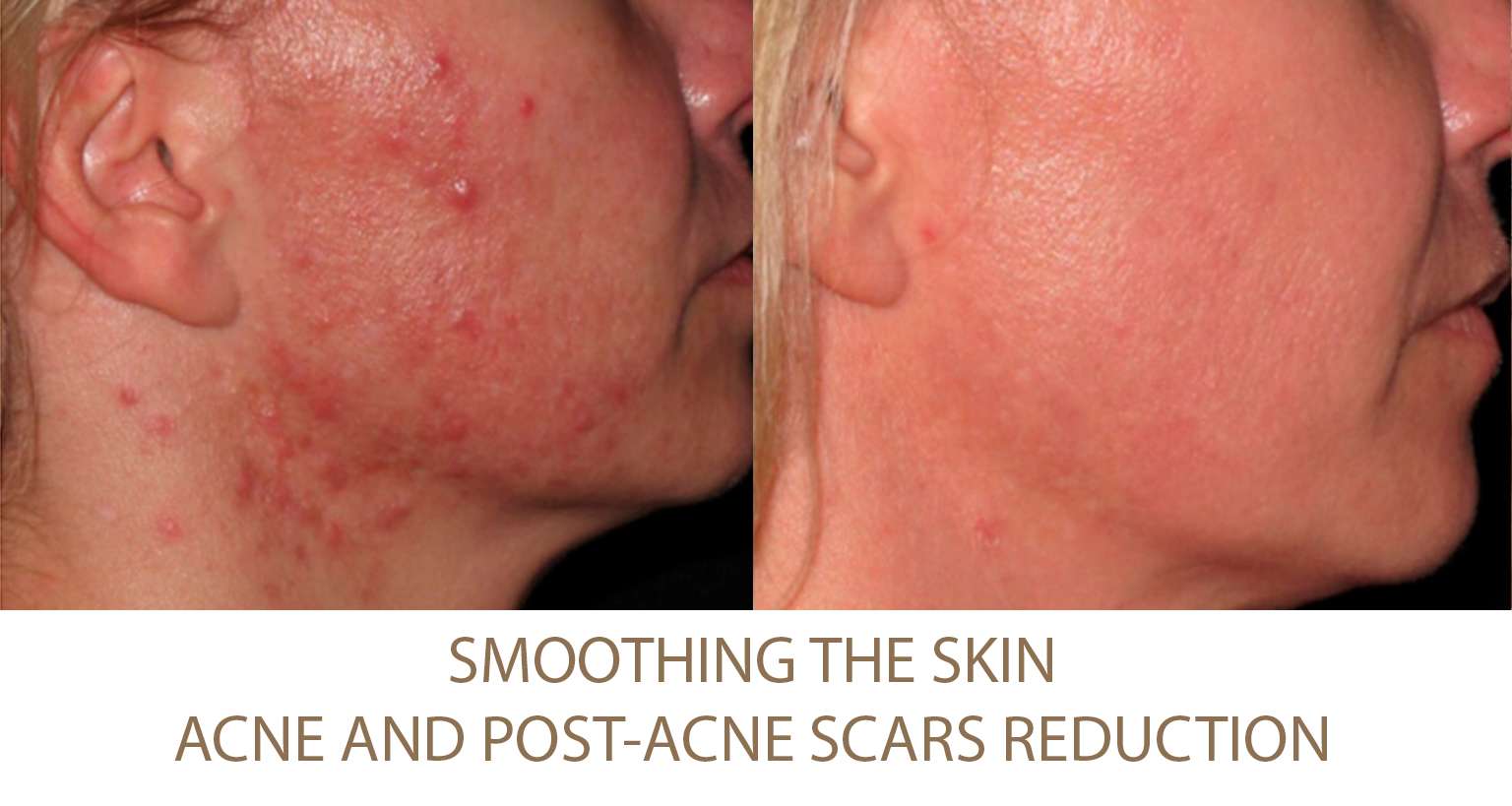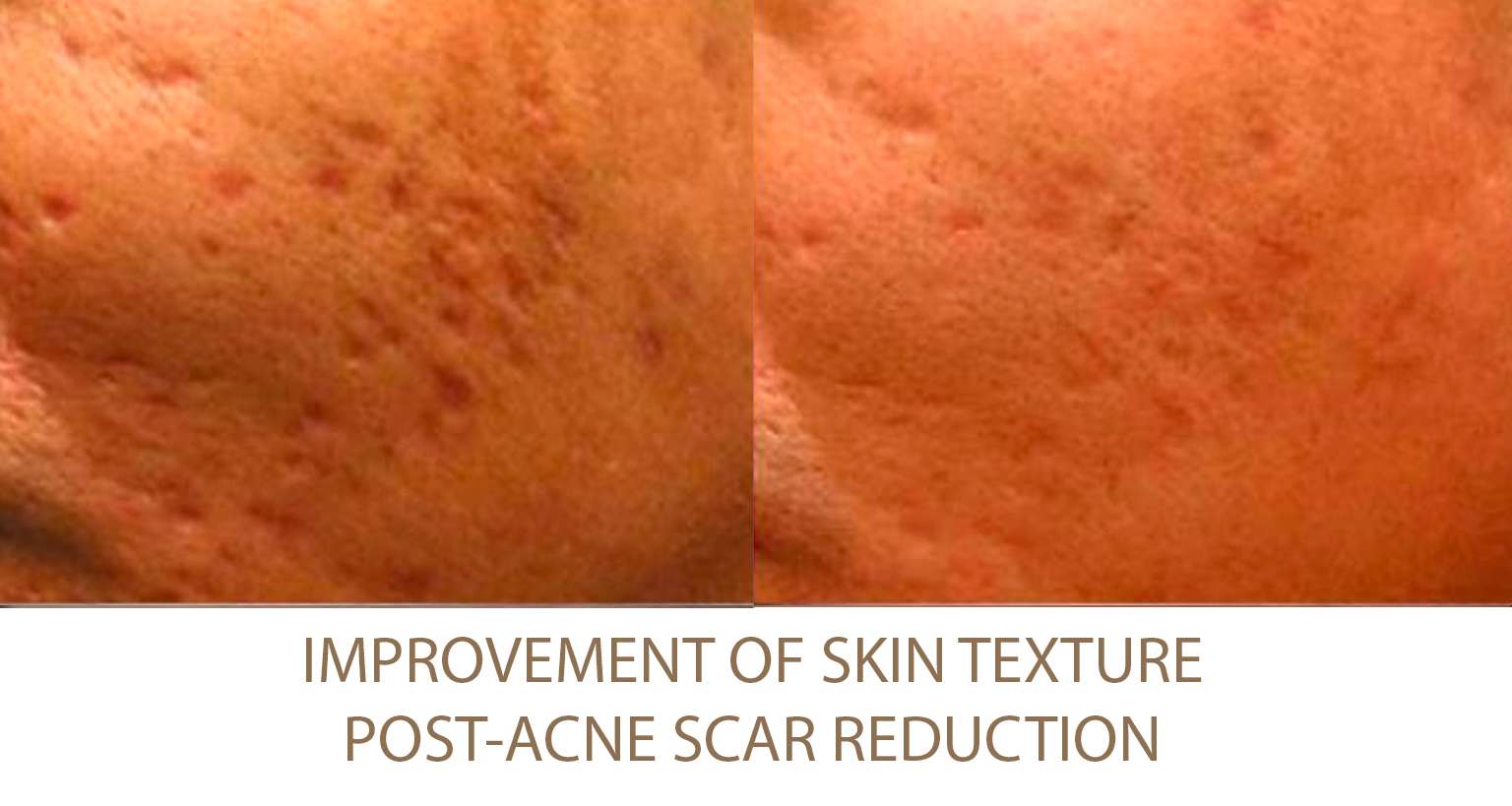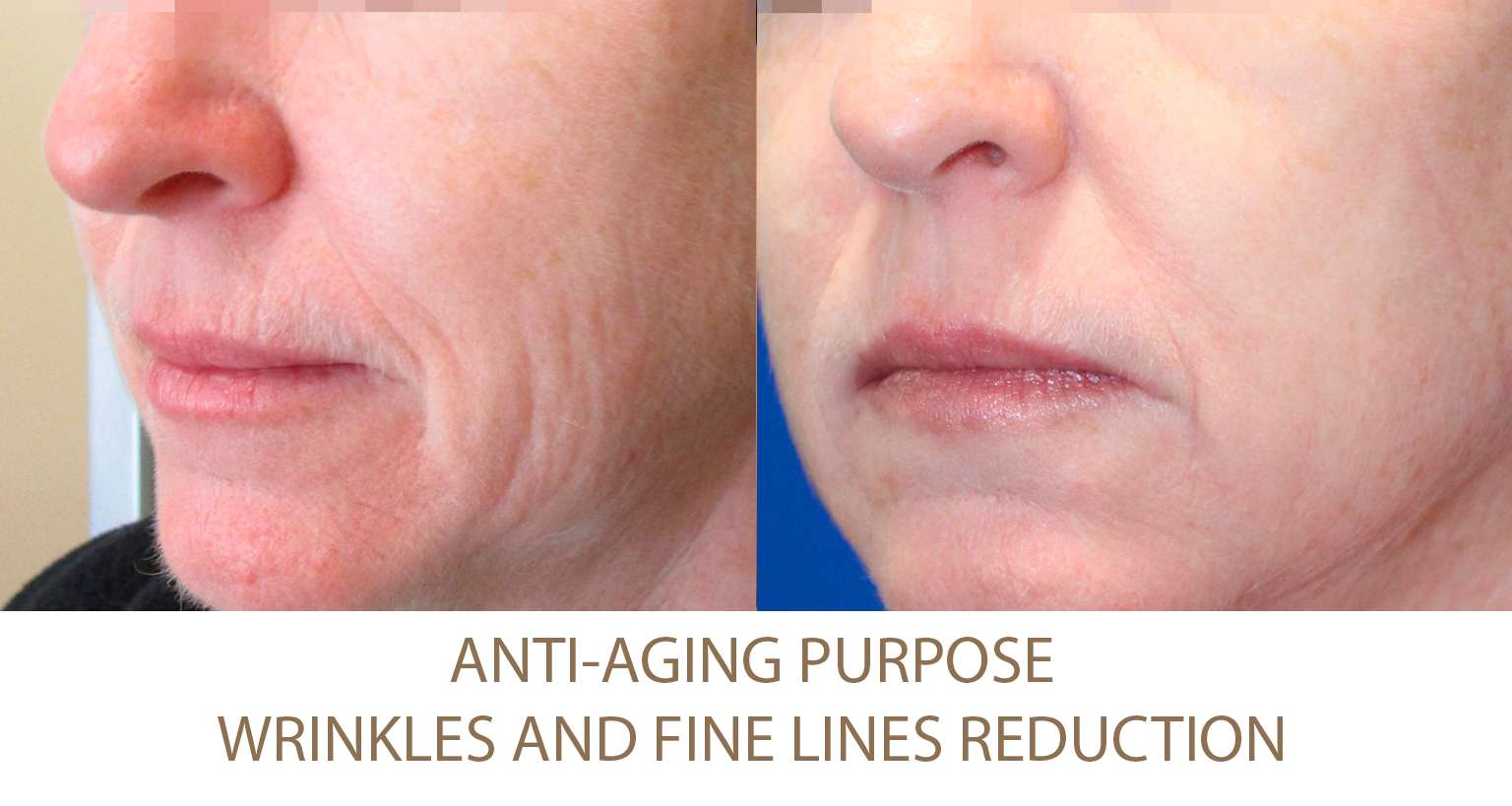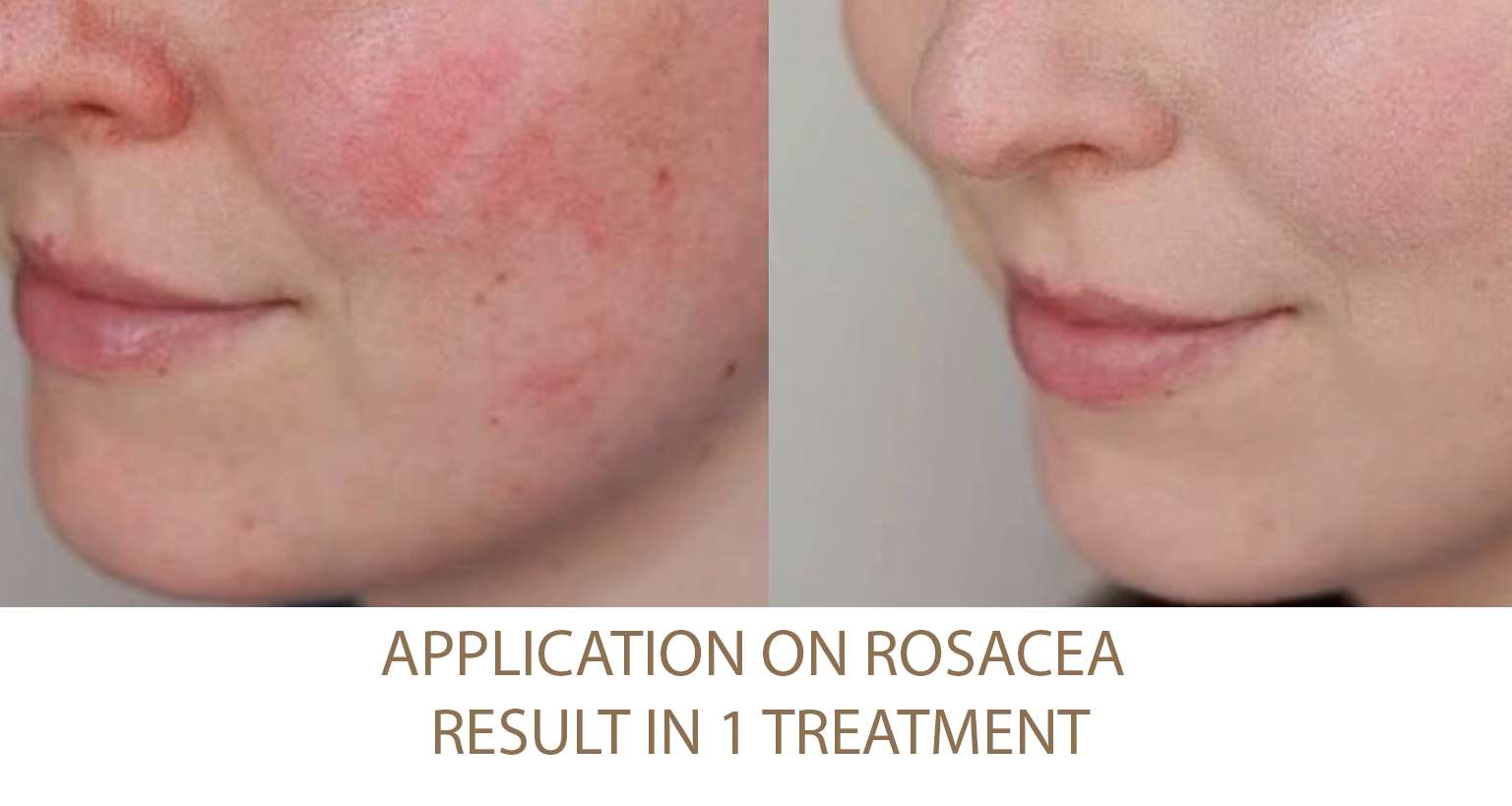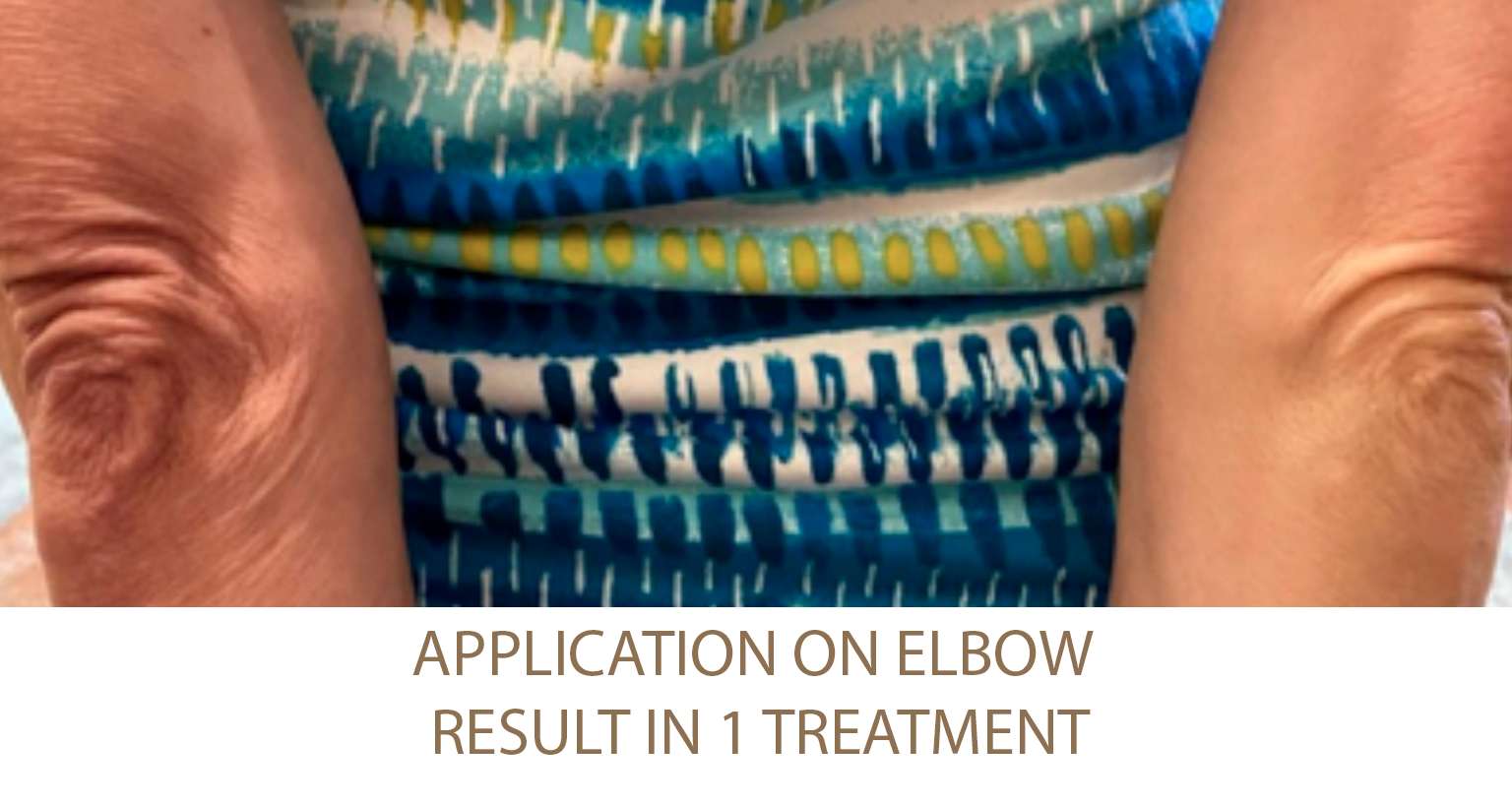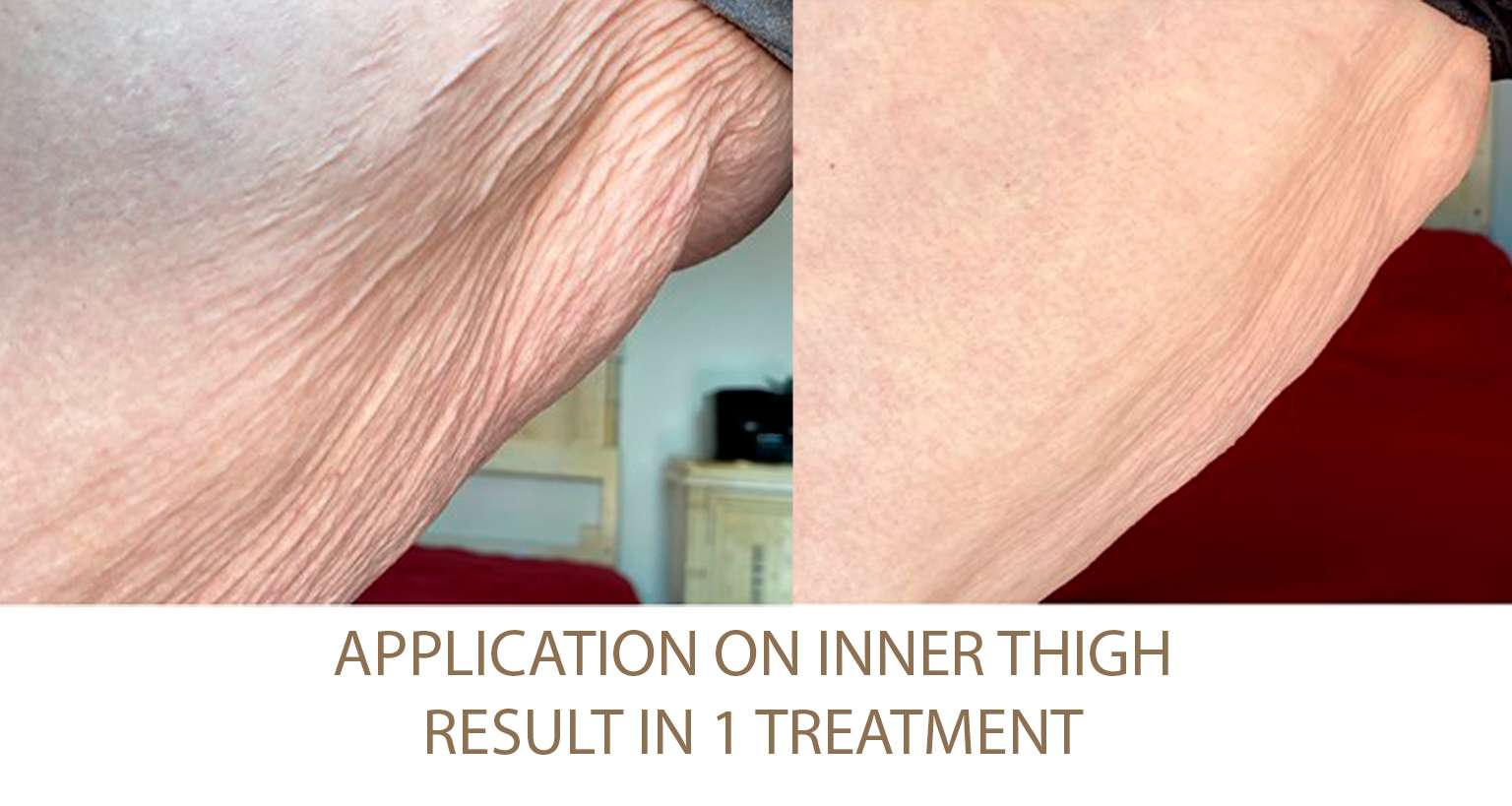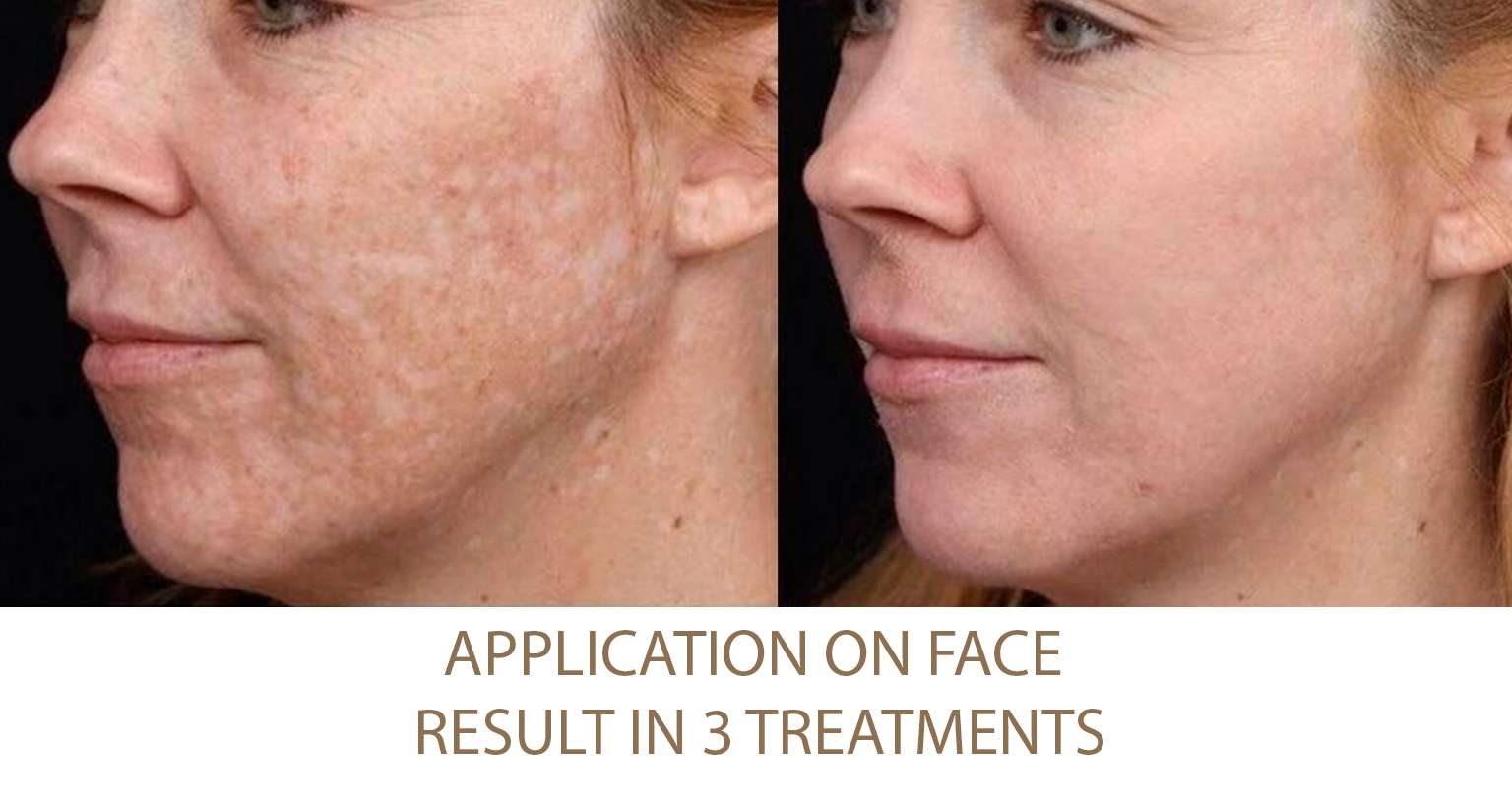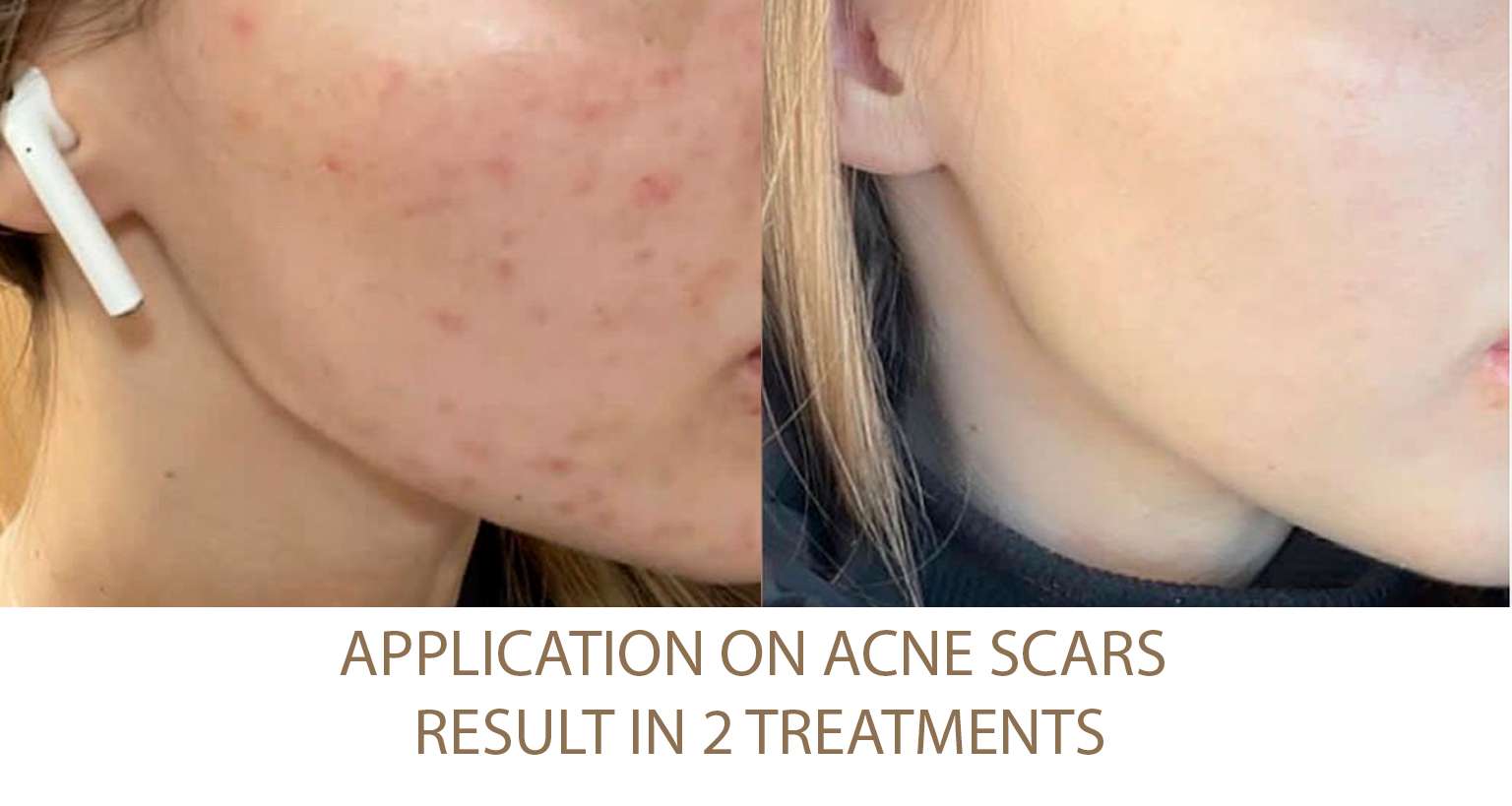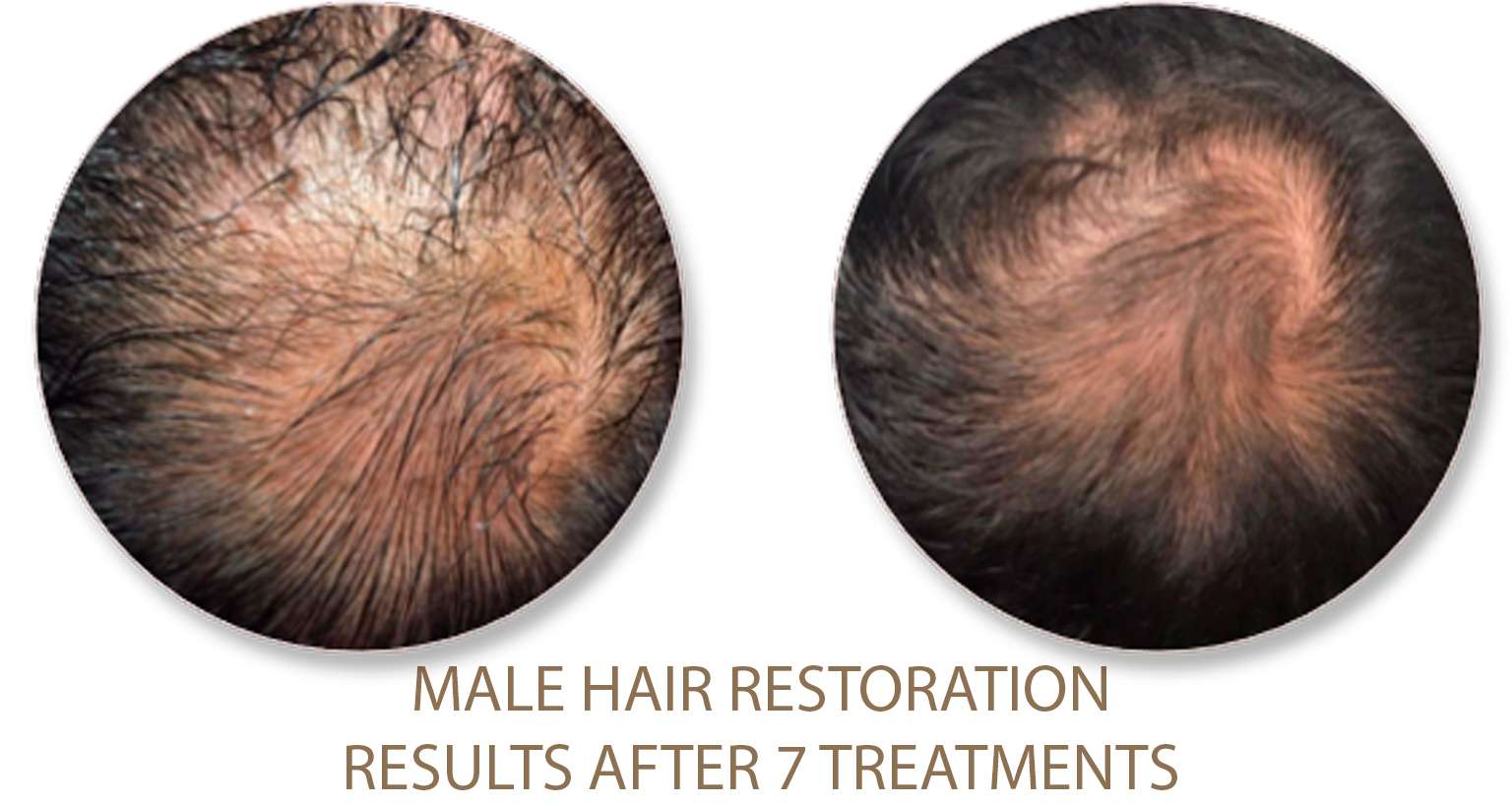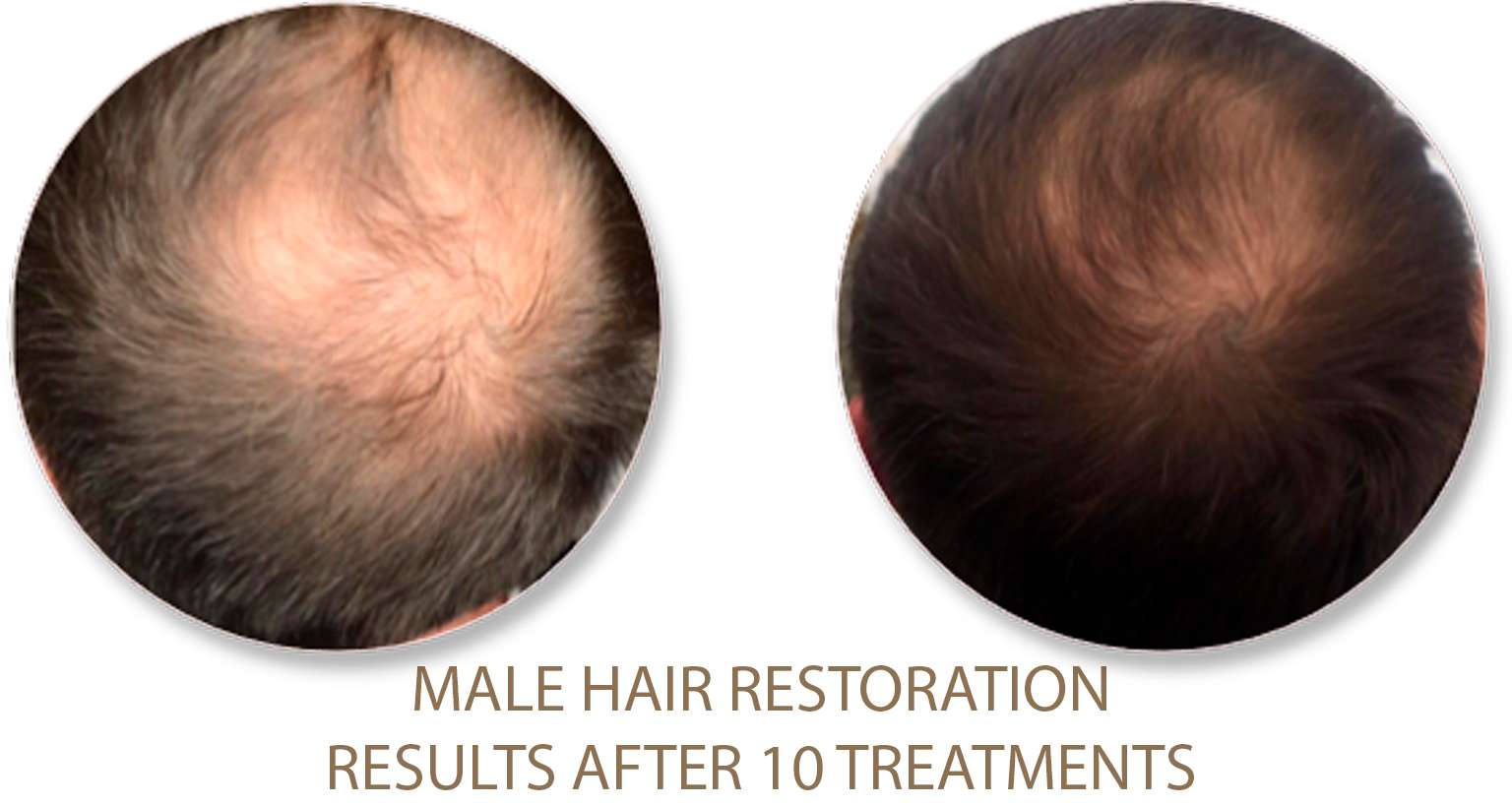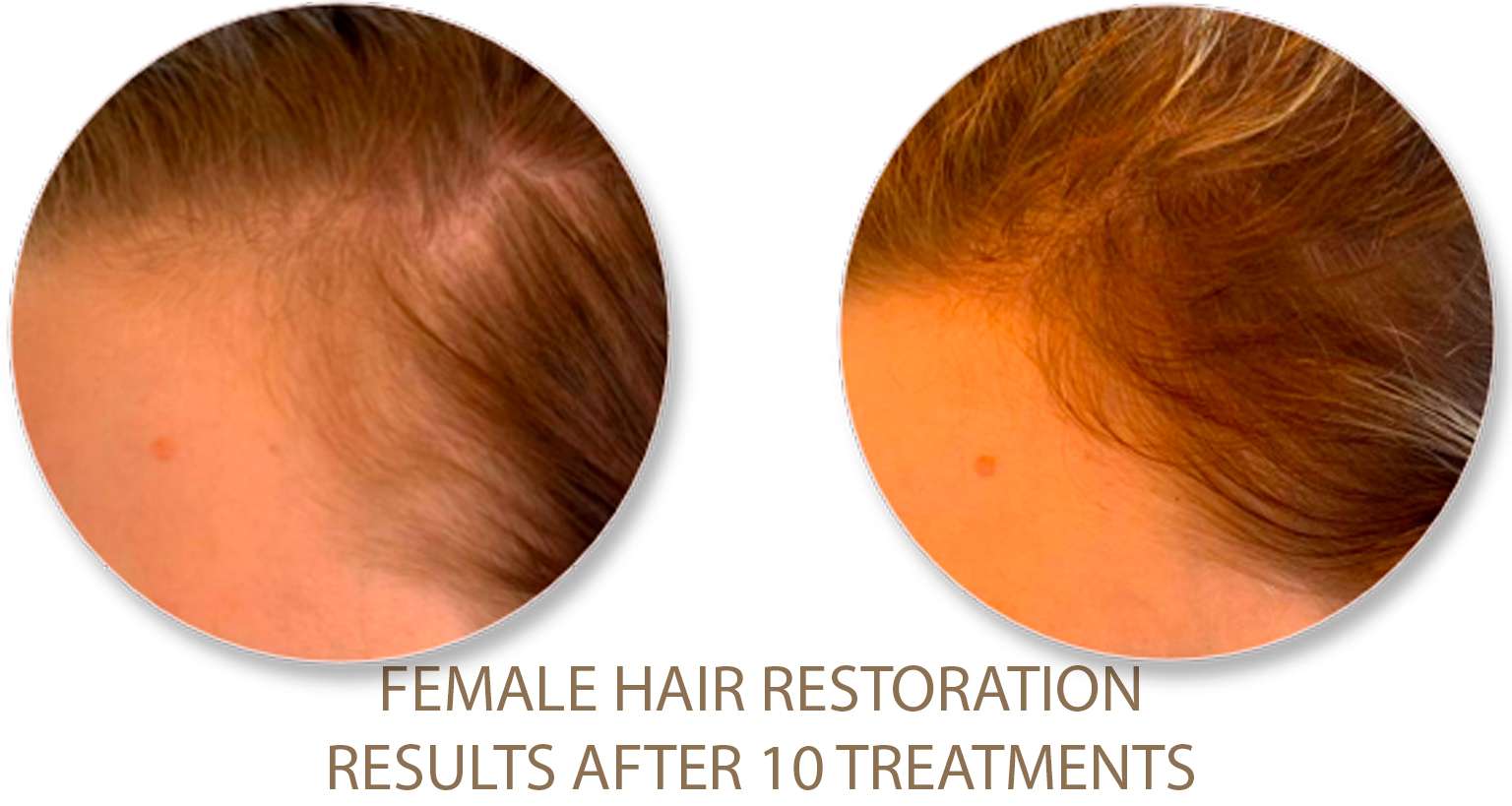Open Pores
Any skin type, whether it’s oily, normal, or dry, can take on the appearance of having large, open pores.
What is Open Pores?
Open pores, also known as enlarged pores, are small openings on the surface of the skin that allow the release of sweat and sebum (skin’s natural oil). These pores are present throughout the skin and are more concentrated in certain areas, such as the face, nose, and cheeks. Pores are an essential part of the skin’s structure and function, as they help regulate body temperature and moisturize the skin.
The size of pores can vary from person to person, but some individuals may have larger or more noticeable pores than others. The appearance of large pores is primarily influenced by genetics, age, and skin type. People with oily skin tend to have larger pores because their skin produces more sebum, which can lead to the stretching of the pores over time.
Any skin type, whether it’s oily, normal, or dry, can take on the appearance of having large, open pores. These may give your skin a dull appearance, particularly if they’re clogged with dirt, bacteria, oil, or dead skin cells.

Treatments for Open Pores:
- Plasma Fibroblast Skin Tightening
- Plasma Jet
- PRX-T33 BioReVitalization
- Plasma Jet PRX-T33
- Microneedling PRX-T33
- BioRePeel
- Plasma Jet BioRePeel
- Microneedling BioRePeel
- Microneedling RF
- Microneedling Dermclar
- Dermapen Microneedling
- DMK Enzymes Therapy
- Fractional RF
- Radiofrequency Skin Tightening
- Microdermabrasion
- Hydrodermabrasion
- Combo Anti-Aging
What causes large-looking open pores?
Open pores, or enlarged pores, are primarily caused by a combination of genetic factors, skin type, and age-related changes. Here are some of the main causes of open pores:
Genetics: The size and appearance of pores are largely determined by genetics. If your parents or close relatives have larger pores, you may be more likely to have them as well.
Oily skin: People with oily skin tend to have larger pores because their skin produces more sebum (oil). The excess oil can mix with dead skin cells and other debris, leading to clogged pores that appear larger.
Age: As we age, the skin loses elasticity due to a decline in collagen and elastin production. The decreased skin elasticity can cause pores to sag and appear larger.
Sun damage: Prolonged and unprotected sun exposure can damage the collagen and elastin fibers in the skin, making it less firm. As a result, pores can lose support and appear larger.
Clogging of pores: When dirt, oil, makeup, and dead skin cells accumulate in the pores, they can become stretched and more visible. Clogged pores are more likely to look enlarged.
Hormonal changes: Hormonal fluctuations, especially during puberty or certain stages of the menstrual cycle, can influence sebum production. Increased sebum production can lead to clogged pores and larger-looking pores.
Squeezing or picking at the skin: Trying to extract blackheads or whiteheads by squeezing can cause trauma to the skin and result in enlarged pores.
Use of certain skincare products: Using harsh or comedogenic (pore-clogging) skincare products can contribute to pore blockage and enlargement.
Poor skincare routine: Neglecting proper cleansing and exfoliation can lead to the accumulation of dirt and oil in the pores, making them more noticeable.
While it may not be possible to completely get rid of pores or change their size permanently, there are ways to minimize their appearance.
Testimonials
What Our Clients Say:












